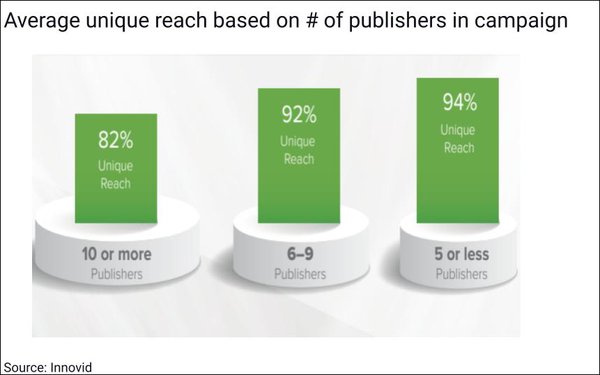
In 2021, connected TV (CTV)
surpassed mobile as the channel with the greatest share of global video impressions, according to Innovid's latest annual Global Benchmarks Report.
CTV generated nearly half (46%) of all video
impressions, up from 40% in 2020, as mobile impressions declined from 43% to 39%.
"As more consumers have transitioned to streaming, advertisers are shifting spend to the channel, and we
expect that trend to continue with mobile and desktop losing more market share,” said Jessica Hogue, GM, measurement and industries at Innovid.
While global video saw year-over-year
increases across all devices, CTV grew at more than two times the rate of mobile and desktop.
The study analyzed 286 billion video and display advertising impressions served across
channels served on Innovid's platform between Jan. 1 and Dec. 31, 2021. Independent researchers analyzed mobile, desktop, CTV devices and social platforms to analyze video advertising benchmarks
and insights.
Every vertical increased its CTV video ad impressions last year. Travel led with a 63% share, followed by auto (60%), quick-serve restaurants/QSR (58%), CPG (52%) and
retail (51%).
North America led in CTV video impressions share by region, with 48% of all video impressions attributable to CTV, followed by EMEA and LATAM (22%), then APAC
(11%).

Broadcast media accounted for 54% of
CTV impressions (down from 61% in 2021), while programmatic’s share of impressions rose by 4 percentage points, to 30%.
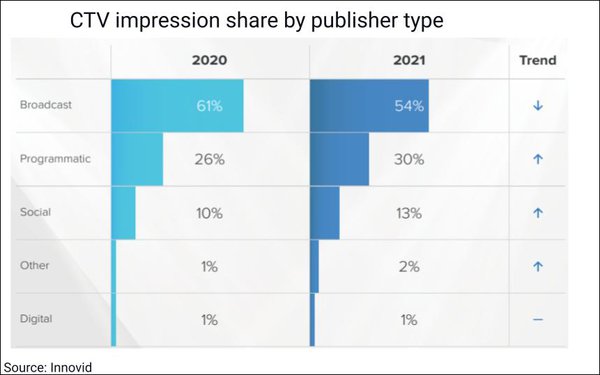
Advanced creative outperformed traditional formats.
There was a 32%
year-over-year increase in advertisers running dynamic creative campaigns, which generated stronger engagement compared to those that ran standard pre-roll creative, according to the report.
Across the board, advertisers tapping into advanced creative earned an additional 47 seconds of time in 2021, up from 34 seconds last year. Interactive CTV led the charge, generating an incremental
72 seconds of time earned between brands and consumers.
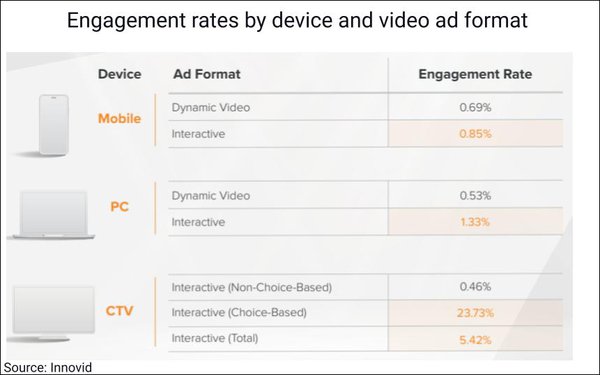
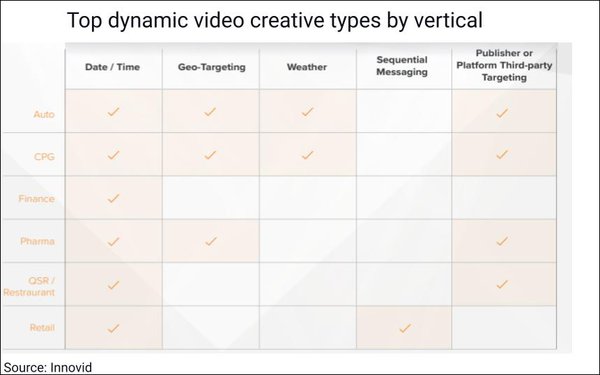
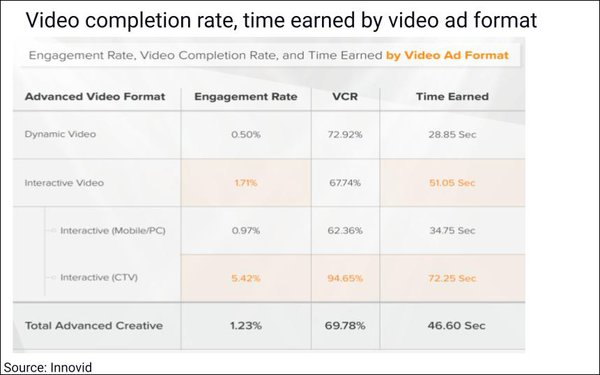
QR code units also continued to grow in popularity, driving a
0.02% scan click rate and high intent and follow-through from the audience.
The report underscores that CTV still has ample room to grow.
On average, U.S. CTV campaigns reached just
9.2% of the 95 million CTV households served by Innovid. Although advertiser adoption of CTV has surged, 58% of campaigns included 19 million or fewer impressions and reached just 3% of households, on
average. Even advertisers serving over 100 million impressions reached just 36% of households, on average.
While many advertisers are still testing and learning about CTV, "for others,
this represents an opportunity to increase reach," notes Innovid.
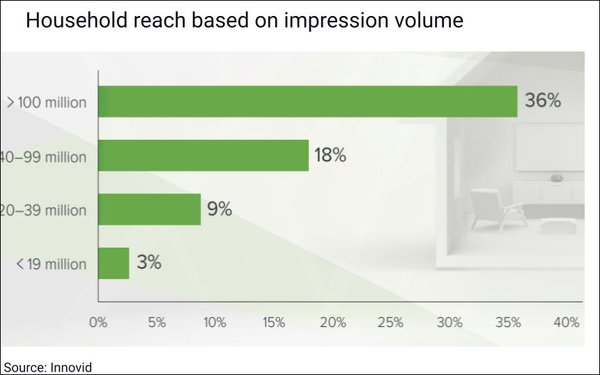
And while marketers in verticals with higher household
reach are pushing the envelope on penetration, even they have room to expand.
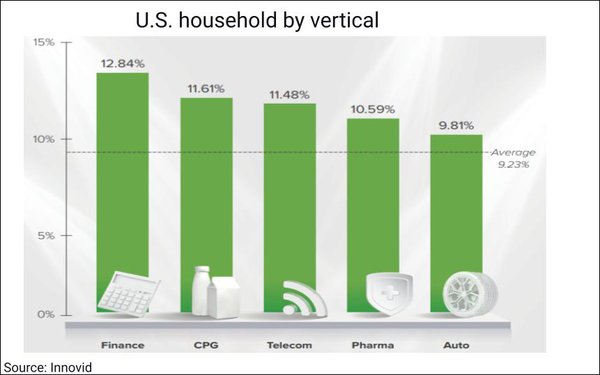
The study showed a low level of ad frequency -- 4.08 exposures on
average -- indicating considerable leeway for advertisers to reach new households without risking oversaturation. On average, just 8% of campaigns had a high frequency (over 10 exposures), while
two-thirds had low frequencies (one to two exposures, a a quarter had medium frequencies (three to nine exposures).
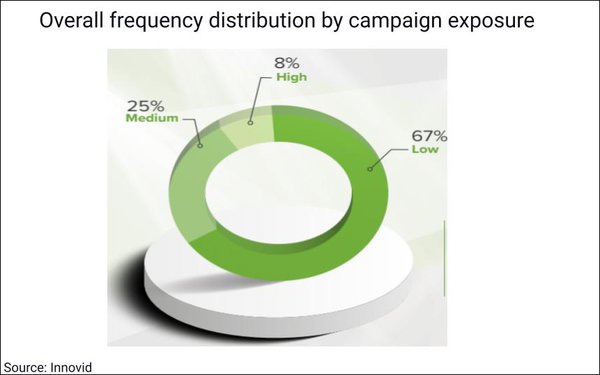
Like reach, frequency is associated with campaign size. Still, campaigns
with 100 million or more impressions have an average frequency of 5.44 impressions-- only 33% higher than the overall average of 4.08, and less than twice as high as the average for campaigns with 19
million or fewer impressions.
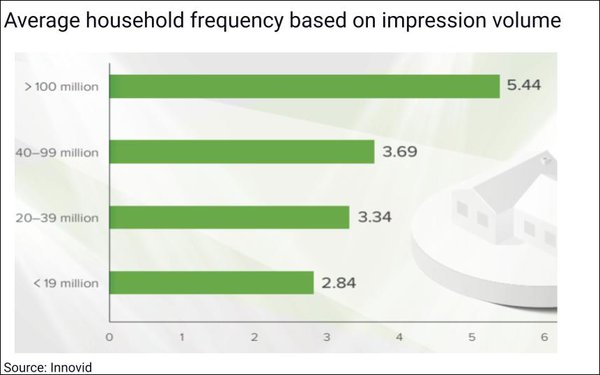
Roughly 85% of CTV impressions delivered in 2021 were across just 10 platforms, and more than two-thirds were generated by the top three.
Large-platform consolidation has grown even as new
streaming services have driven more fragmentation.
With consumers in the U.S. watching content on average across four streaming VOD services, each with similar content offerings, "it's no
surprise that increasing the number of platforms in a campaign leads to a higher level of audience overlap, points out Innovid.
In fact, advertisers that used fewer platforms saw the highest
unique reach percentages.
